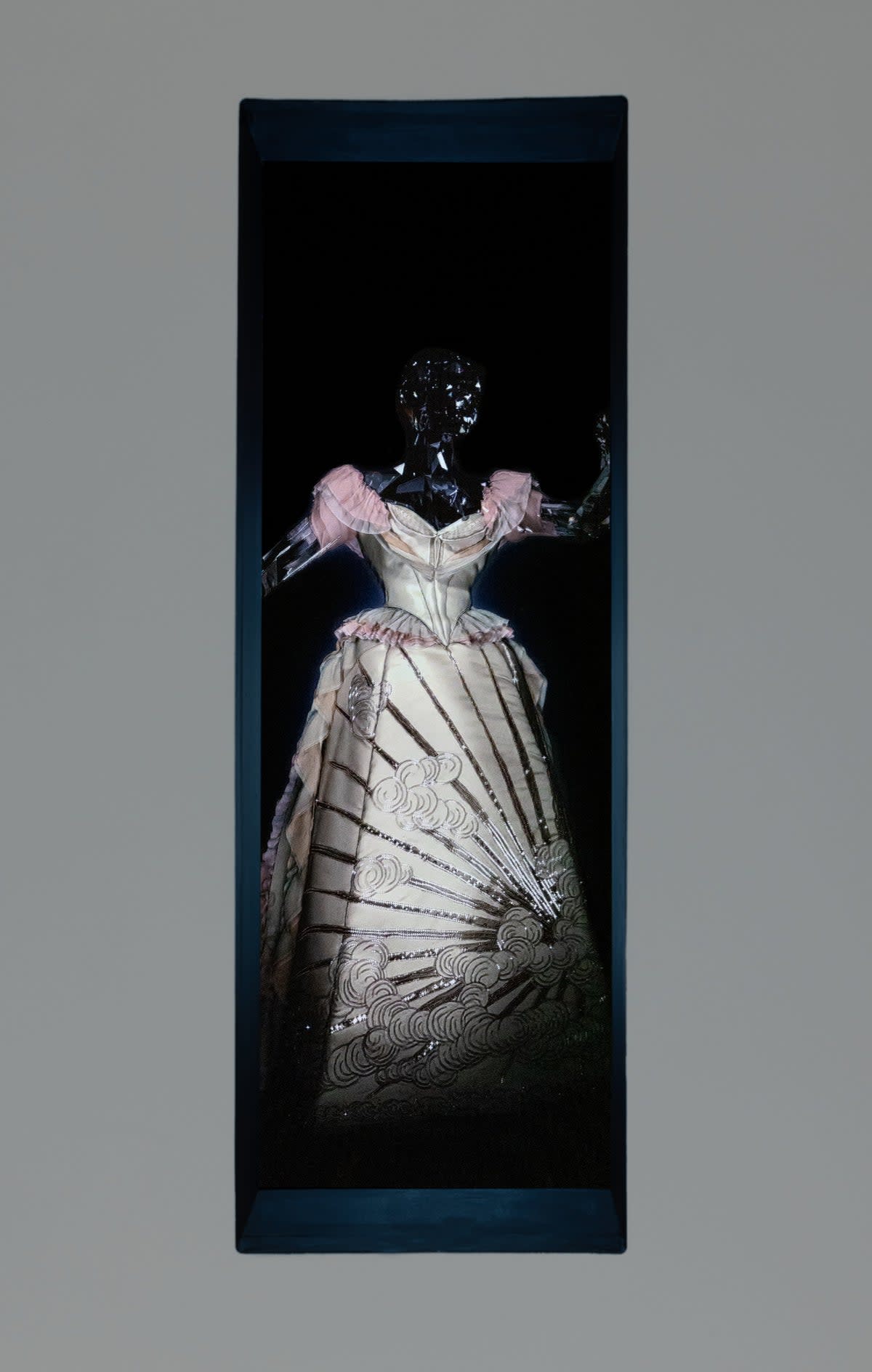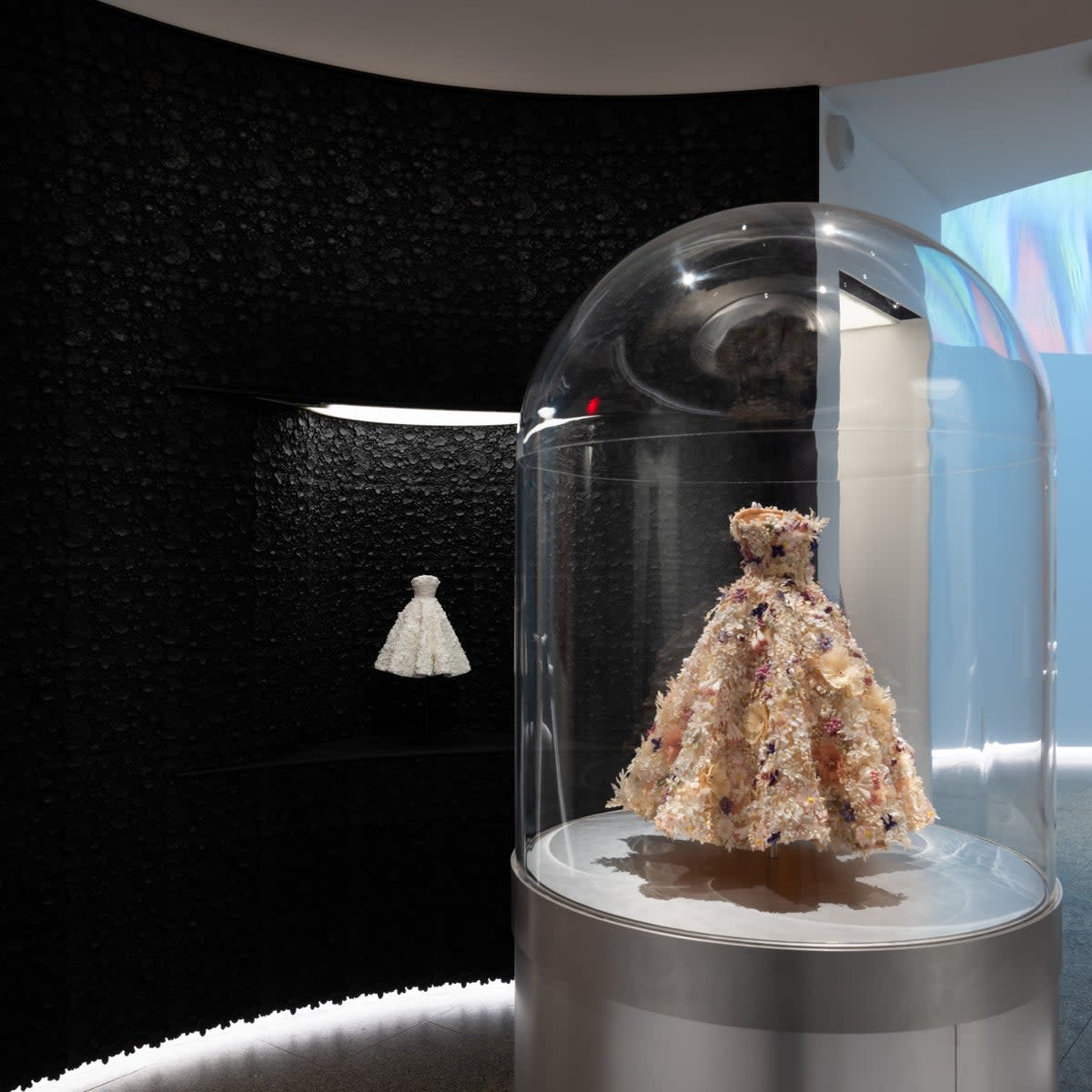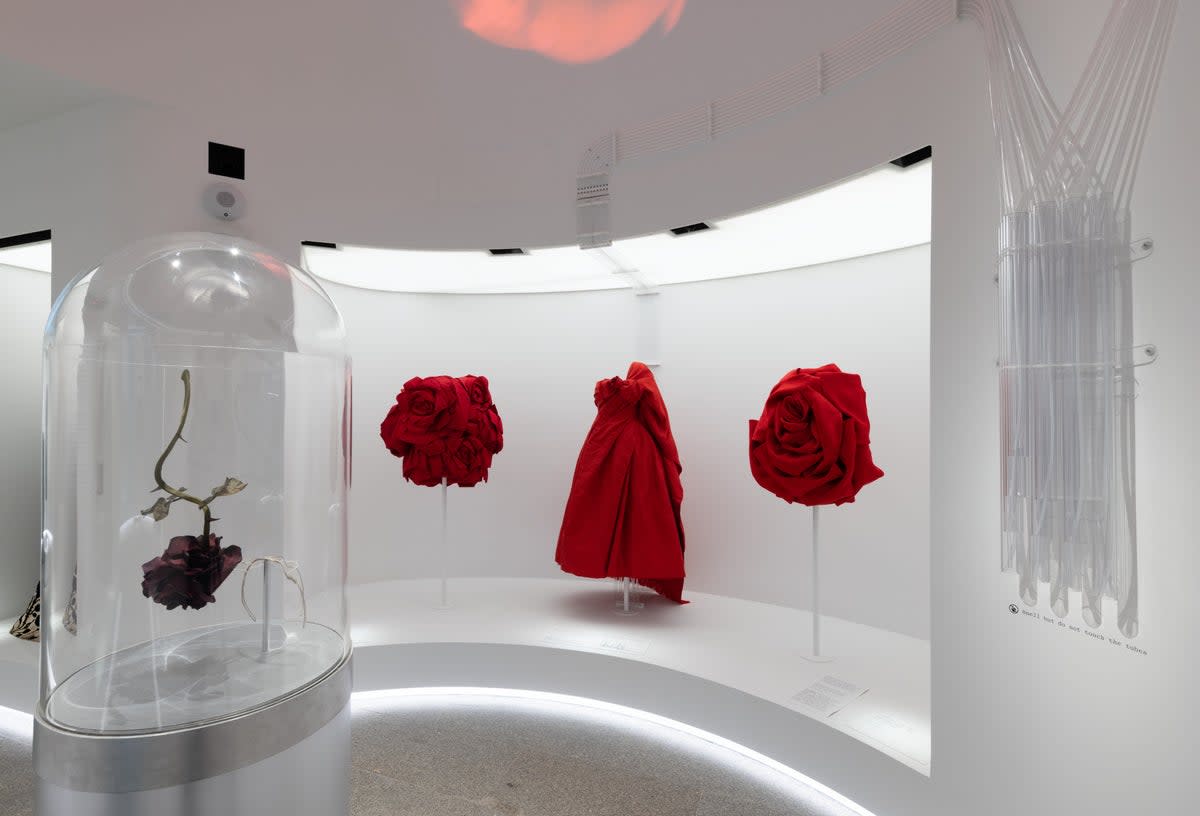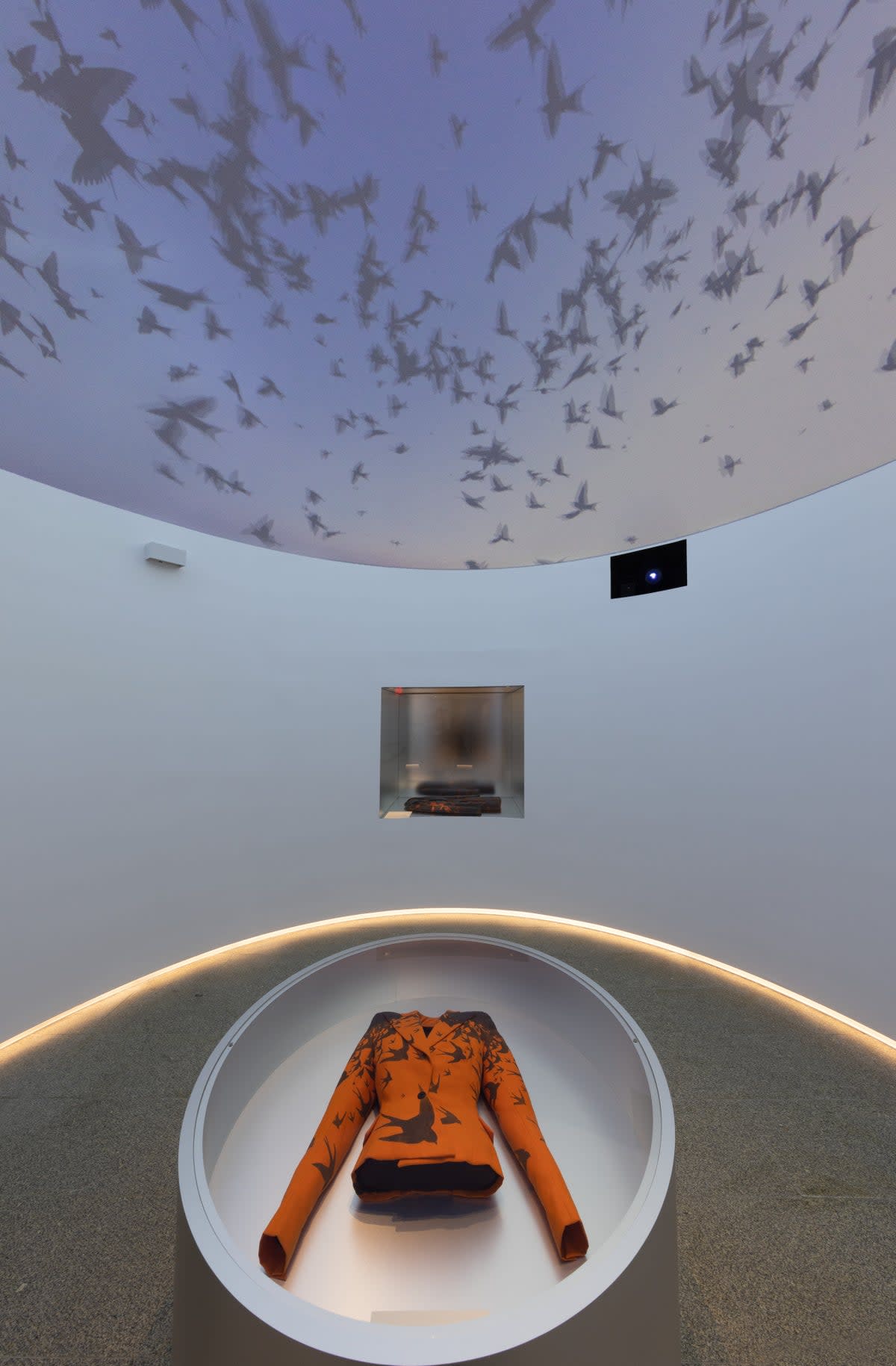The Met’s Sleeping Beauties: Reawakening Fashion exhibition reminds us fashion is living art
When Andrew Bolton, head curator of The Costume Institute, thanked his colleagues for willingly helping him explore and replicate the smell molecules of garments from their permanent collection during his opening remarks for the 2024 “Sleeping Beauties: Reawakening Fashion” exhibition, I was intrigued. I instantly imagined them all huddled together, sniffing clothes and making conclusions in a claustrophobic office. But Bolton’s eloquent voice brushed past it, continuing to the next point, leaving the mystery open for only the curious to discover in the exhibit, which opens to the public 10 May.
Initially, I thought the aromas – probably musty, moldy, or sour – were being examined for their own experimental interest. It never occurred to me that these fragrances would be pumped through plastic tubes, scaling the edges of covered casings, and filling the bottoms of round beakers in sections of the exhibit to emulate a scent that was purposefully placed by the designer. And I certainly never imagined I’d be enticed to inhale little whiffs of them, like molecules found in rancid beauty products. Yet, I was, because I could. But the bad was also mixed with pleasing breaths of menthol and soft notes of rose.
Inside the Tisch Galleries of the Metropolitan Museum of Art, an interactive test lab is set, enlivening 250 garments while simultaneously powering an experience far beyond that of a normal exhibit. Being a passive observer in “Sleeping Beauties: Reawakening Fashion” is not an option. Here, under the advisory of Bolton and his team, and in partnership with Open AI, a multi-sensory adventure catapults guests into active roles, revelling in the revival of garments, even those that can never be worn again, through their very fibres. The carefully crafted sensory components – scent, feel, and sound – are revealed in tandem with motifs that fall under three natural landscapes: earth, air, and water.

From the hand-painted silk Robe à l’anglaise to the 3D-printing used to suspend pink roses in a terrarium-esque dress skirt by Jun Takahasi for Undercover’s spring/summer 2024 collection, centuries of irrevocable designs and their subsequent techniques are featured. Most are secured on forms, but the fragile and fragmented are physically laid to rest. The latent – 50 to be specific – are either reimagined through video animation or safely placed inside futuristic see-through coffins.
A 2014 black silk faille House of Dior dress by Raf Simmons, fixed with varying capitulums, is on display across a wall covered with the exact texture and a mini replica. Visitors are invited to “feel the flowers” to know what the original fabric is like, satisfying the temptation to touch what’s typically forbidden. Meanwhile, the motion of garments, like Francesco Risso’s spring/summer 2024 multi-colour polychrome tin flower ensemble, are imagined in muddled sounds played through surrounding speakers.

Projections of shaded swallows flutter against a blue ceiling above Alexander McQueen’s spring/summer 1995 orange wool jacket with the same bird painted over the shoulders, sleeves, and tailored body. Aside from the natural tie in the design embellishment to the sky, the “Birds” gallery, like the rest in “Sleeping Beauties: Reawakening Fashion,” pushes conversations about environmental preservation with historical context on how the industry’s responded. These actions have both threatened and honoured species, being used in the making of fabrics to encapsulate the qualities of fashion’s greatest actors as seen with Sarah Burton’s famed monarch butterfly dress made as an ode to her predecessor.
Loewe’s incubator, complete with a grass-sprouted jacket, matching heels, and Jonathan Anderson’s epochal leaf shirt, imbues the connection from a creative who plays with animated silhouettes, proving even the most whimsically inventive take environmental cues.


To step inside The Costume Institute’s new spring exhibition is to step inside a garment, becoming not just its wearer but a component of its overall makeup. We often forget our inherent ability to bring a piece of clothing to life, losing sight of how a piece shapes more than just our bodies but our personas too. We don’t always consider how every thread and integral element is built with the hope that it will do so.
While the innovative additives allow visitors to build an intimate connection that usually only comes when we wear a piece of clothing, each design still feels alive even stationary on its form. Maybe it’s the awareness of value rife in exhibition halls, the omnipresence of unexampled treasure, but you forget that the garments can’t walk on their own and you remember that fashion is living art.


